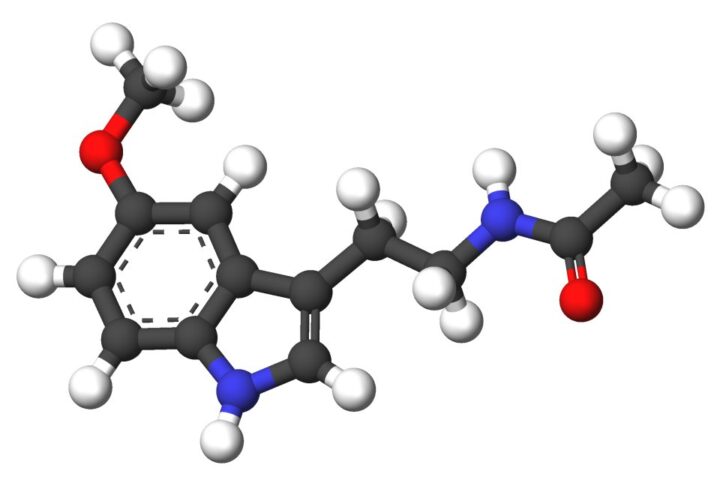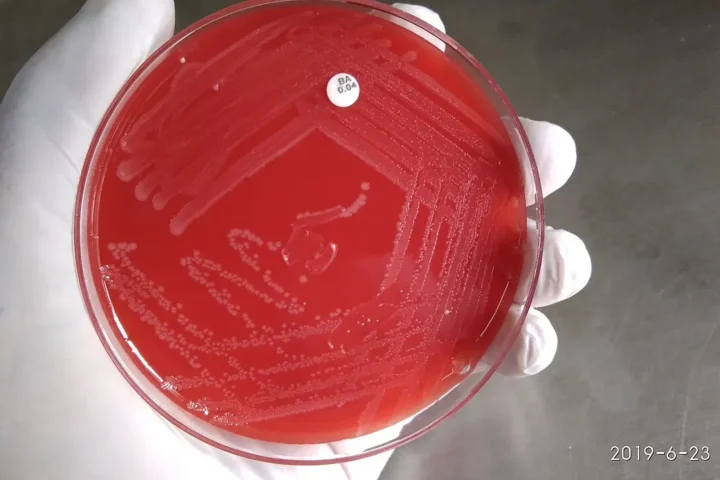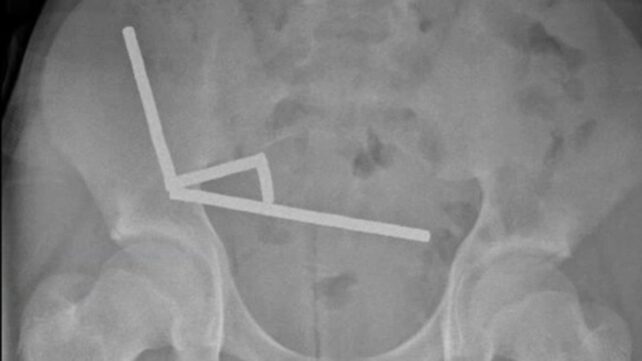Three scientists have won the 2025 Nobel Prize in Medicine for discovering specialized cells that prevent our immune systems from attacking our own bodies. This breakthrough has opened new paths for treating autoimmune diseases and improving cancer therapies.
Shimon Sakaguchi from Japan’s Osaka University, Mary Brunkow from Seattle’s Institute for System Biology, and Fred Ramsdell from Sonoma Biotherapeutics identified what they call the body’s immune “security guards” – regulatory T cells that keep our immune system in check.
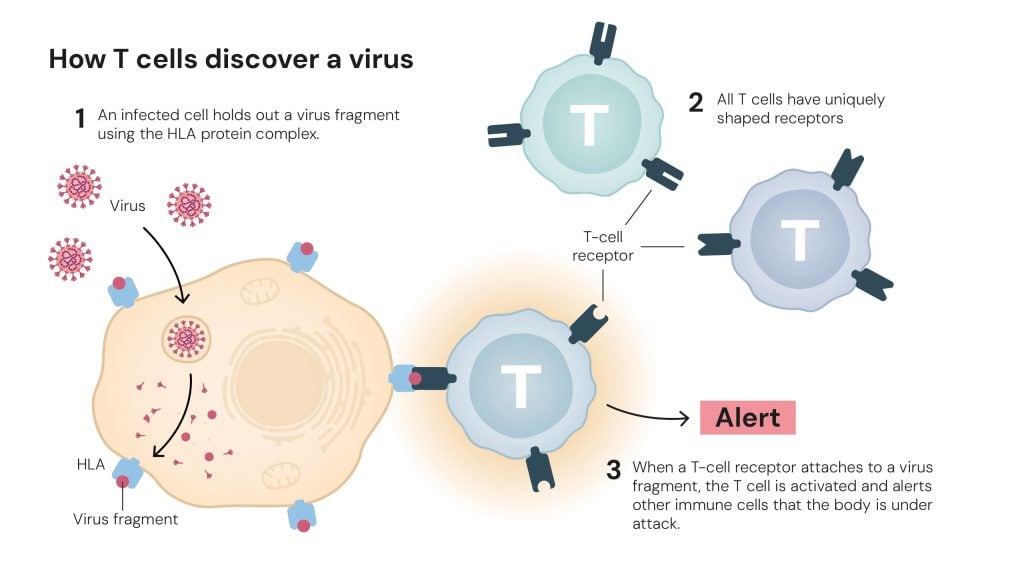
“Their discoveries have laid the foundation for a new field of research and spurred the development of new treatments, for example for cancer and autoimmune diseases,” the Nobel Committee stated.
The three scientists will share the prize of 11 million Swedish kronor (about $1.7 million).
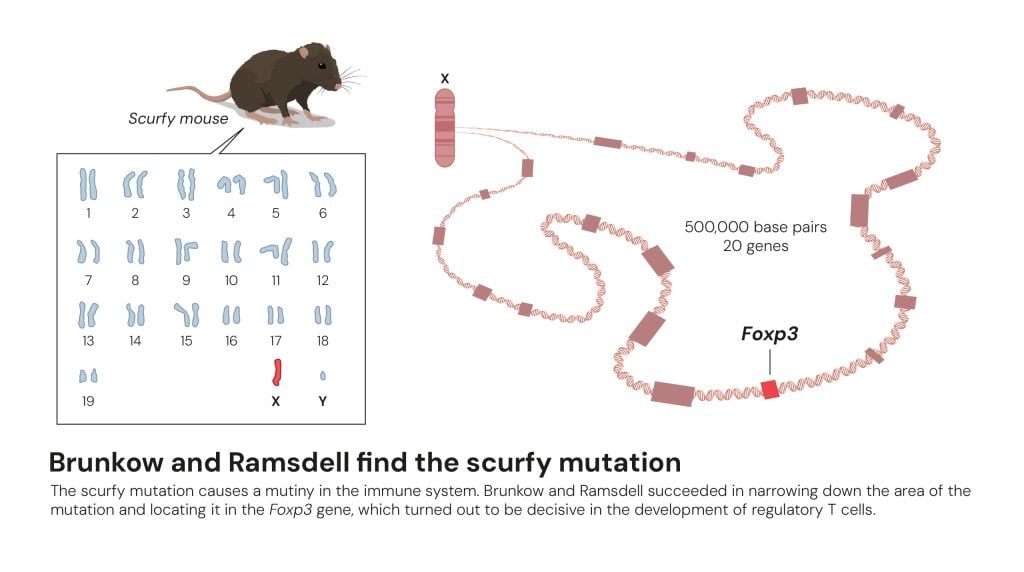
The Journey to Discovery
Scientists had long known that the thymus gland eliminates harmful T cells during early development – a process called “central tolerance.” However, this didn’t fully explain why most people don’t develop autoimmune diseases.
In the 1980s, Sakaguchi performed groundbreaking experiments with mice. He found that certain T cells appeared to protect mice from developing autoimmune diseases. After a decade of research, in 1995 he identified a new class of immune cells – regulatory T cells – that calm the immune system rather than activate it.
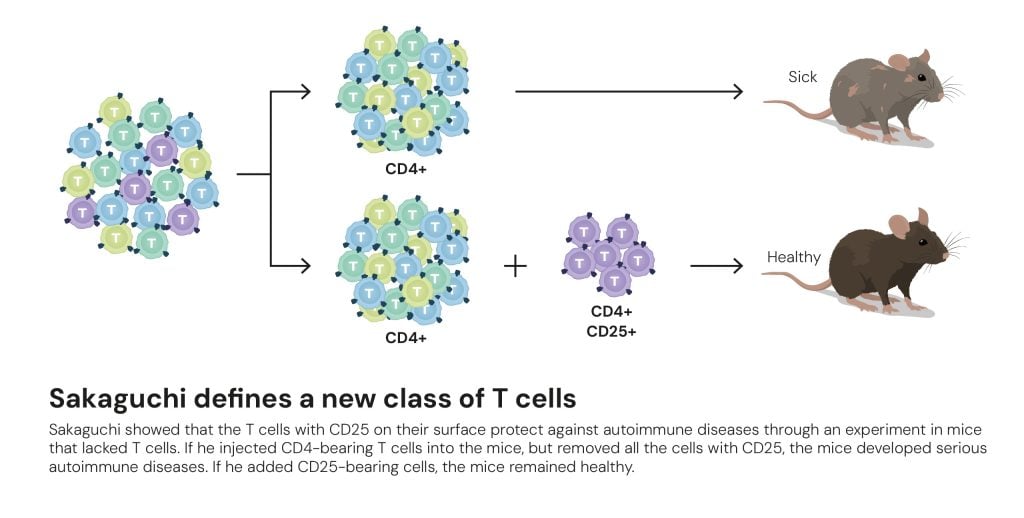
Meanwhile, Brunkow and Ramsdell were investigating why certain male mice developed severe autoimmune symptoms. In 2001, after years of painstaking genetic detective work, they found a previously unknown gene they named FOXP3. They also discovered that mutations in this gene caused a rare human autoimmune disease called IPEX.
Two years later, researchers proved that the FOXP3 gene controls the development of regulatory T cells – connecting these discoveries into a unified understanding of how the immune system regulates itself.
Similar Posts
Why This Matters
Our immune system must perform a delicate balancing act. It needs to attack thousands of different invading microbes daily while never mistaking our own tissues for enemies.
The discovery of regulatory T cells explains why most people don’t develop autoimmune diseases like type 1 diabetes, rheumatoid arthritis, or multiple sclerosis. These security guard cells prevent other immune cells from attacking our own tissues.
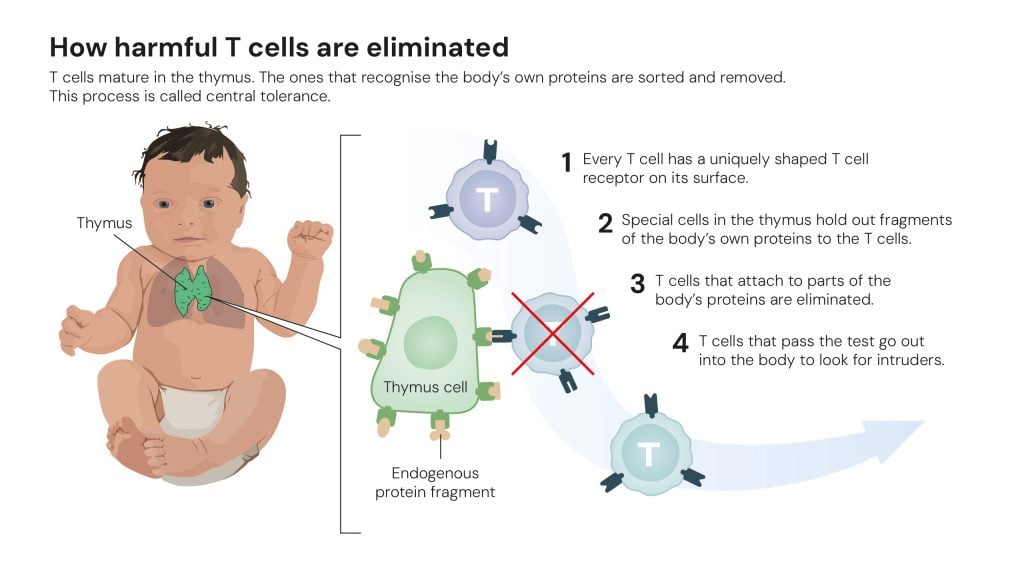
This knowledge has sparked new treatment approaches now in clinical trials:
For cancer: Researchers are trying to reduce regulatory T cells around tumors, allowing the immune system better access to attack cancer cells.
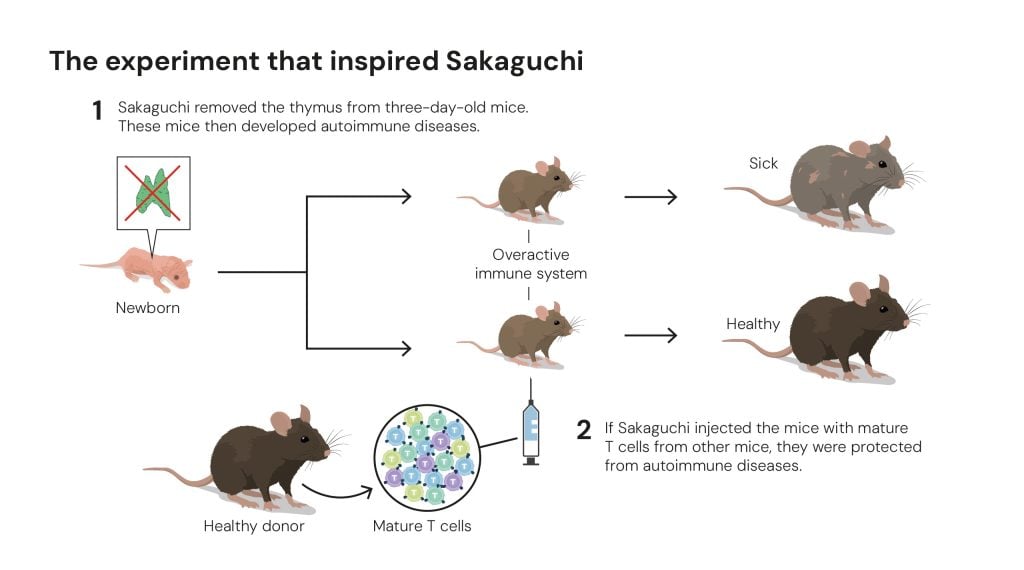
For autoimmune diseases: Scientists are testing ways to boost regulatory T cell numbers or function.
For transplants: Regulatory T cells might help prevent organ rejection by calming the immune response to transplanted tissues.
A Prize-Winning Drama
The Nobel Committee faced challenges reaching Ramsdell to share the news. According to his colleague Jeffrey Bluestone, Ramsdell was “backpacking in the backcountry in Idaho” and unreachable when the prize was announced.
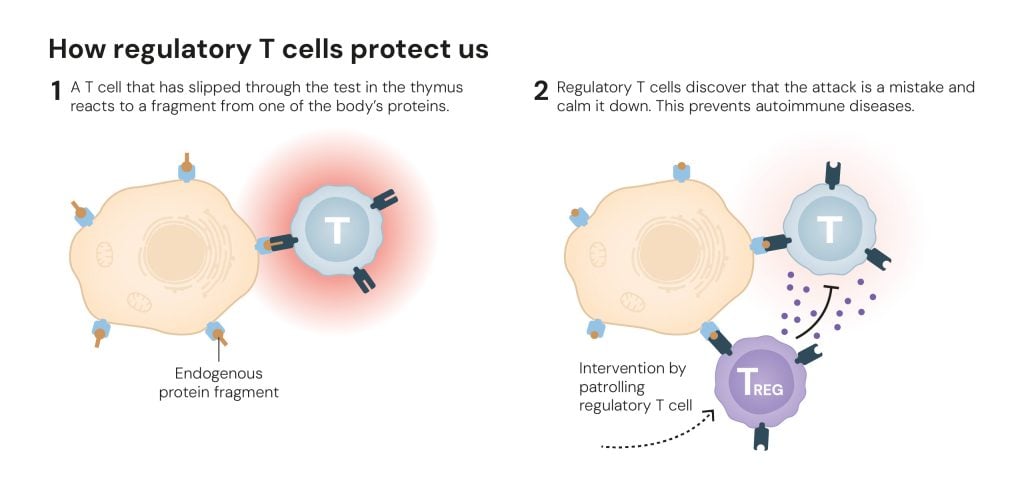
This year’s medicine prize kicks off Nobel week, with awards in physics, chemistry, literature, peace, and economics to follow in the coming days. The winners will receive their medals at ceremonies in December.
The discoveries by Brunkow, Ramsdell, and Sakaguchi have fundamentally changed how scientists understand immune regulation and opened new paths for treating diseases that affect millions worldwide.













